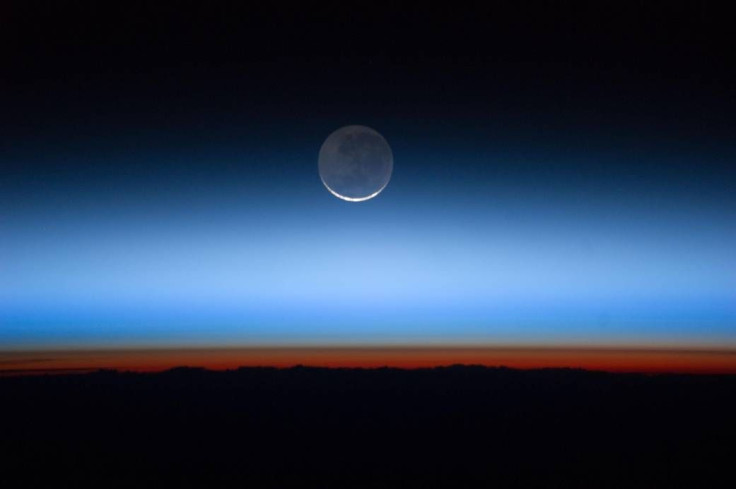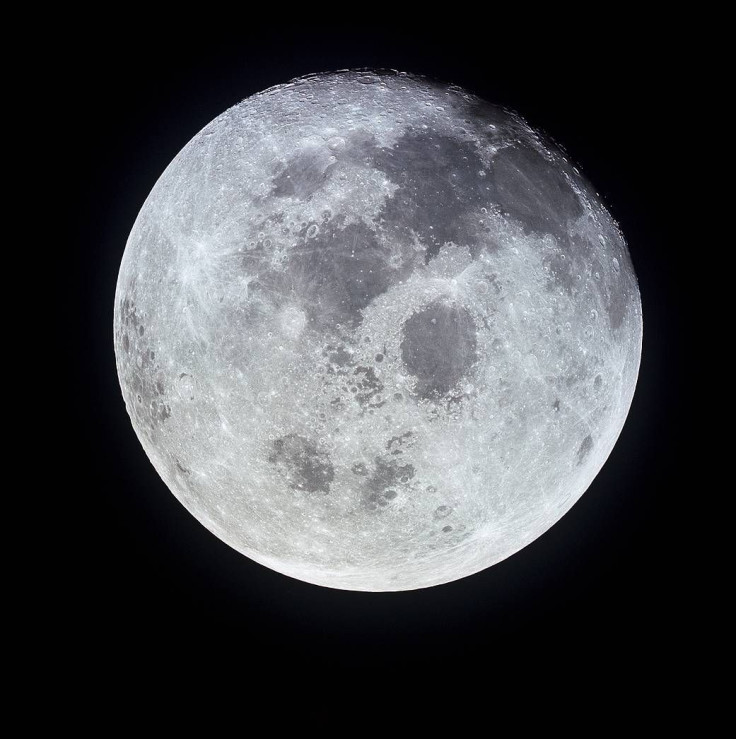Moon’s Tilted Orbit Explained As Relic Of Impact That Created Earth-Moon System

It was only 10 days ago that a team of astronomers from the California Institute of Technology came up with a theory to explain the six degrees of separation between the axes at which the planets orbit the sun and the solar equatorial plane, attributing the anomaly to the undiscovered Planet Nine. And on Monday, researchers from the University of Maryland proposed an explanation for the weird orbit of the moon around Earth.
How exactly is the moon’s orbit weird? As the largest moon in the solar system relative to its planet, its orbit is unusually far from Earth. Unlike the orbits of most other moons that align with the equatorial planes of their planets, our moon is closer to Earth’s ecliptic plane, which corresponds to the planet’s orbit around the sun. And even there, the moon’s orbit is at a tilt of 5 degrees to the ecliptic plane.
And all this has nothing to do with the present but instead, is a relic from the past when the moon was first formed. Or so say the Maryland researchers who published a paper in the journal Nature on Monday.
Assuming the hypothesis about the giant impact that separated the moon from Earth to be true, the paper proposes a new model to explain the lunar tilt.
Douglas Hamilton, professor of astronomy at the University of Maryland and a co-author of the Nature paper, said in a statement: “We can understand it if the Earth had a more dramatic early history than we previously suspected.”

Written by lead author Matija Ćuk of the SETI Institute and others, the paper, titled “Tidal evolution of the Moon from a high-obliquity, high-angular-momentum Earth,” says Earth’s spin was much faster and at a much steeper angle when it initially formed about 4.5 billion years ago. Earth originally spun on its side with the moon orbiting around its equator, the paper said.
In the time since then, a series of complex interactions between the sun, moon and our planet have smoothened out many of those anomalies, and the remaining oddities, including the lunar tilt, are relics of the past.
“We’ve been calculating the past orbit of the Moon wrong for over fifty years now. We ignored the fact that tidal flexing within the Moon can decrease lunar orbital inclination.” Ćuk said in a statement.
“What we have now is a model that is more probable and works more cleanly than previous attempts. We think this is a significant improvement that gets us closer to what actually happened,” Hamilton said.
© Copyright IBTimes 2025. All rights reserved.





















